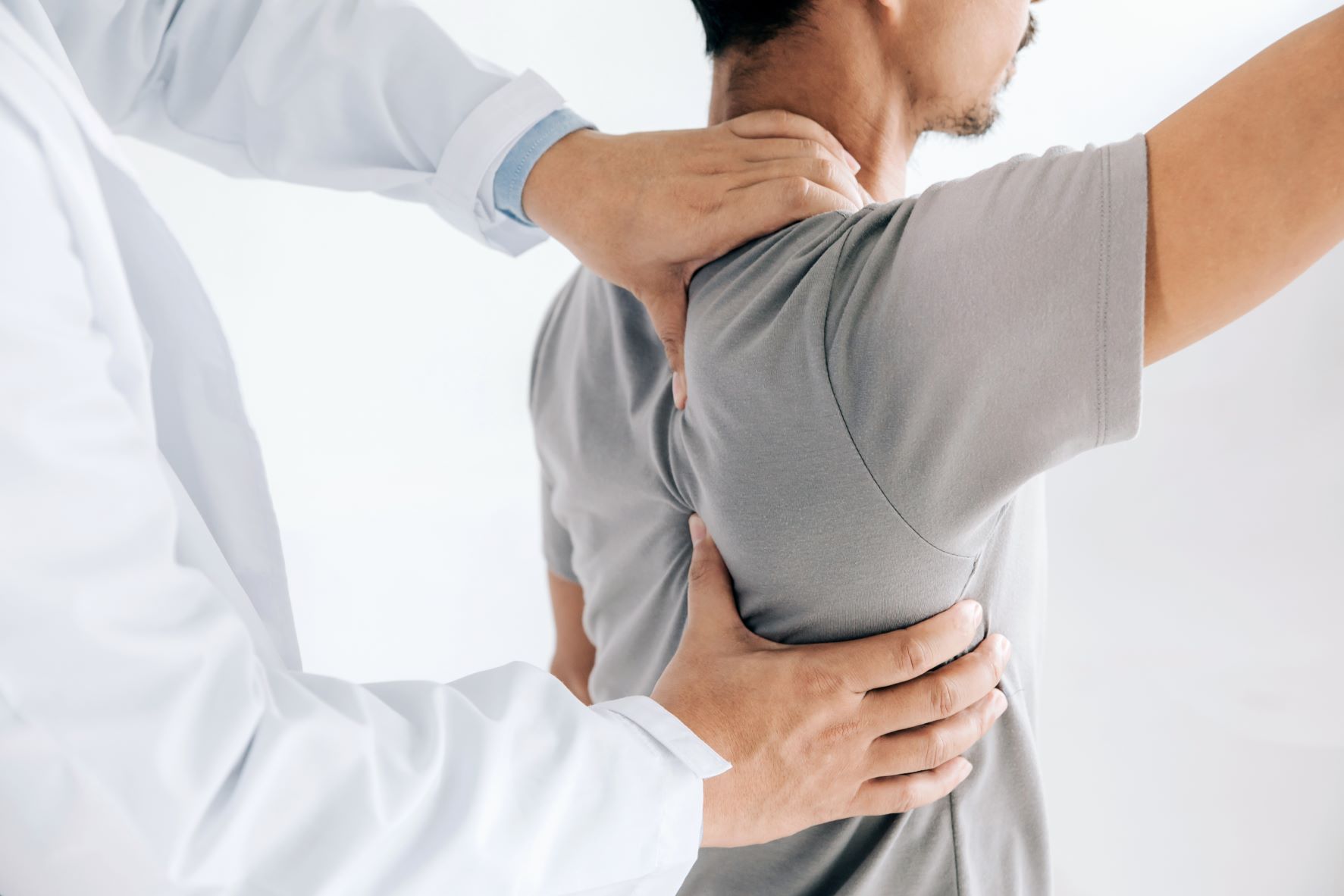What Is Osteopathic Medicine?
There are over 100,000 Osteopathic Physicians in the United States, practicing medicine with the degree of D.O., or Doctor of Osteopathic Medicine. They constitute over 7% of active physicians in the United States and over 20% of medical students in training.
There are over 100,000 Osteopathic Physicians in the United States, practicing medicine with the degree of D.O., or Doctor of Osteopathic Medicine. They constitute over 7% of active physicians in the United States and over 20% of medical students in training. Osteopathic physicians complete much of their training alongside their MD counterparts and are licensed to practice in medical and surgical specialties. However, many people are still unaware of this subset of medical training or what exactly it entails. To me, this is tragic, because the Osteopathic Physician training offers a unique and valuable perspective to the medical community and society as a whole.
Early in medical school, I was taught to develop my “elevator pitch”, because inevitably someone would ask me what an Osteopathic Physician was. As the newer school of thought, we had to concisely and precisely define our profession and our training in a few lines. It’s no easy task, to condense down years of training and over a century of research, philosophy, and clinical practice into a few dozen words. Of course, this scope of our field cannot be fully covered in such a short amount of time, nor can it be completely measured in this short essay, but every journey must start somewhere.
Osteopathic Medicine can be, in my mind, broken into two key facets; philosophy and the manual practice. The origins of both are traced to Dr. Andrew Taylor Still, a man who was, by all accounts a brilliant forward-thinking man. Raised on the frontier in the 1800s, Dr. Still was a progressive in many topics, including race, gender equality, and the study of physiology. He developed an approach to medicine rooted in an in-depth study of anatomy and physiology as well as an intuitive foresight into the function of many aspects of the body.
His philosophy, while certainly more complex, is most classically summarized in the four tenants of osteopathic medicine:
-The person is a unit of mind, body, and spirit
-The body has the capacity for self-regulation, self-maintenance, and self-healing
-Structure and function are reciprocally interrelated in the body
-Any rational treatment should be based upon an understanding of the first three
tenants.
Ultimately, Dr. Still believed the human body is an incredibly intricate and complex machine that under most circumstances has within it nearly all tools for proper growth, balance, and defense against illness. While at times, more aggressive therapeutic modalities are necessary, be that pharmacologic, surgical, or otherwise, more often than not maintaining proper alignment and fluid dynamics in the body would prevent and or reverse any digression into illness.
The manual practice developed by Dr. Still has grown over the century since its inception, but still holds to the original objective. To use the physicians’ hands to restore strength and balanced alignment in the body by reducing tissue or joint restrictions. Such physical adjustments of the musculoskeletal systems are frequently able to minimize pain and promote fluid dynamics, thereby facilitating the body’s inherent capacity for self-regulation, maintenance, and healing.
Since the first inception of Osteopathic Medicine, the field has grown both within and in response to the scientific medical community on the whole. New techniques have been developed and new modalities have been incorporated into the manual treatments. Advanced understanding of physiology, pharmacology, and anatomy have expanded our therapeutic modalities into much more extensive medicines and surgical techniques (amongst other things). Osteopathic physicians are trained and licensed at all levels of the medical community in the united states. Furthermore, to expand the search for the treatment of the mind, body, and spirit to the root of illness by incorporating eastern philosophies like acupuncture, meditation, and ayurvedic medicine.
If you would like to schedule an appointment with an osteopathic physician or learn more about osteopathic medicine options in Bryn Mawr, contact PVH Institute today!

